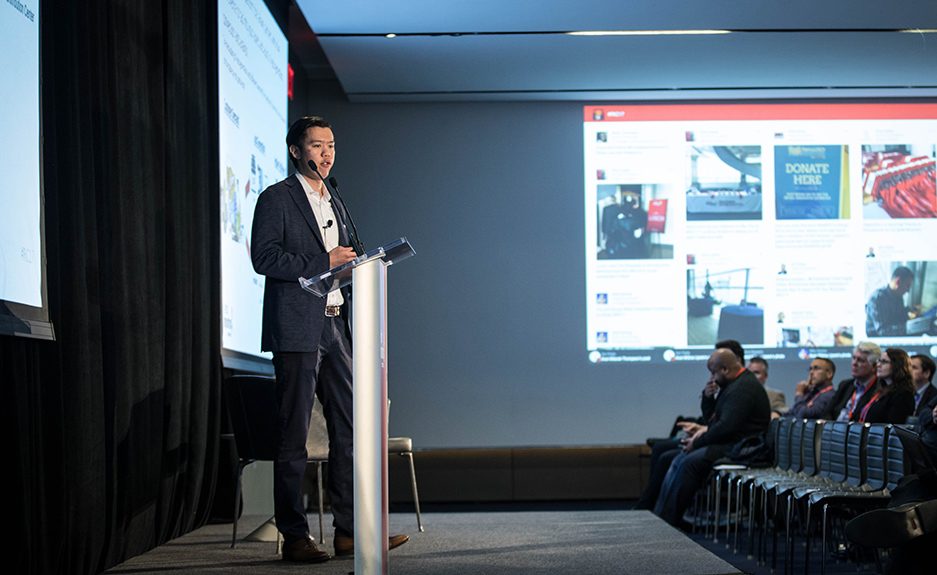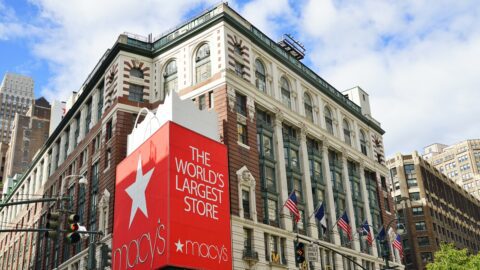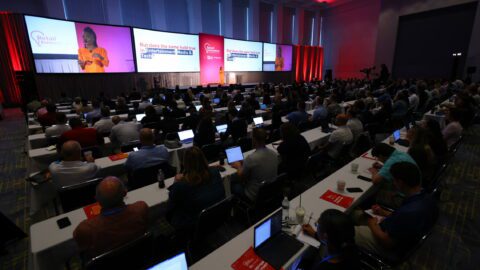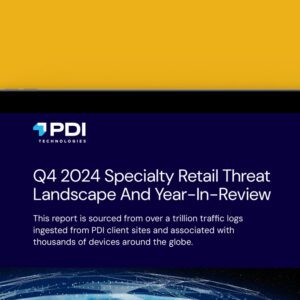With more than 8,200 stores nationwide, Walgreens has the largest brick-and-mortar footprint of pharmacy-based retail in the U.S. But even in this comfortable position, the brand refuses to rest on its laurels, striving to redefine what convenience means to consumers.
During a presentation at the 2017 Retail TouchPoints Retail Innovation Conference, Wayne Duan, Director of Digital Commerce at Walgreens, shared three tips for creating a more convenient retail experience:
-
Embrace the “digital commerce iceberg”: Infuse digitally influenced sales into KPIs and measurement DNA;
-
Collaborate with third-party partners: Provide a platform that allows partners to tap into their assets and assist in lead generation, conversion and analysis; and
-
Remove friction at all touch points through better communication.
Digital Isn’t Just About E-Commerce Sales
Duan noted that many omnichannel retailers obsess over increasing and analyzing direct e-Commerce sales totals, but Walgreens acknowledges that many consumers find it more convenient to go to the store to complete purchases, even if they started the process online. Therefore, Walgreens includes digitally influenced in-store sales in the business analysis mix.
“You may go to our web site and use our digital assets to research a product, but then go convert in the store,” Duan said during the presentation. “You cannot handicap your business by not accounting for digitally influenced sales.”
Duan than indicated that businesses ignoring digitally influenced sales aren’t truly measuring the sales impact of every product, therefore penalizing online conversion rates, return on ad spend and the overall traffic digital commerce drives.
Adopt ‘A National Park’ Strategy When Working With Third Parties
To be successful in today’s hyper-competitive retail environment, Duan also recommends that retailers work more closely with third-party partners. Duan describes Walgreens’ work with partners as a “national park” strategy, allowing other businesses leverage their assets to improve fulfillment and the ability to meet customer demand. For example, the retailer has partnered with delivery services Deliv, Postmates, Google Express and Tapingo to bolster its same-day delivery capabilities.
“You cannot obsess over taking the entire value chain,” Duan stated. “In fact, you have to realize there’s been a decoupling between lead generation and fulfillment. If you think about customer demand, we’re used to your store, your web site, your mobile assets and they generate the leads just by being there. Ultimately, your store or distribution center fulfills that demand.”
Duan highlighted apps as a key differentiator: “Right now, you have all these apps generating leads for you and are you not taking advantage of that to convert? You probably don’t go to your local Thai restaurant’s web sites, but you probably go through Doordash or Postmates and you find that restaurant through the app.”
New Signage, Mobile Couponing Removes Friction
Duan had one final takeaway for omnichannel retailers: eliminate friction points across every channel. In one example, Walgreens is transitioning away from the yellow sale tags found throughout many store aisles because consumers said they are distracting to the shopping experience.
“We all [Walgreens executives] have to work in the stores at least once a year, and the most difficult thing to do is sit down and hang tags,” Duan said. “What color is this lipstick, which one is it? Just imagine having to shop that as a customer. So, it’s not always about digital technology solving the friction, it’s also just realizing the things you’re doing in your stores.”
That said, digital still plays a significant role in creating a frictionless shopping environment at Walgreens. The retailer has digitized all manufacturer coupons so loyalty members can clip them to their Balanced Rewards mobile account, then redeem them either online or in the store.
Additionally, Walgreens has fully integrated Apple Pay into its payments ecosystem, in a move designed to improve the customer experience by shortening the average time spent during the in-store payment process. The average Walgreens visit is nine minutes, yet consumers spend two of those minutes standing in line, according to Duan.
Finally, the pharmacy is leveraging its fulfillment partnerships to cut down the consumer’s path-to-purchase, allowing shoppers who may be incapacitated to stay home and order online. “With our partnerships, we’ve changed that value proposition entirely where we have the mobile tools, you can place an order with partners such as Postmates, and a courier delivers it to you — a la the pizza delivery model,” Duan stated. “You could stay in bed and they’ll deliver it to you within 30 to 45 minutes. That removes a lot of friction for the customer, and leverages all the various assets we have.”
Be Confident And Embrace Missing Out!
Duan wrapped up his session with a positive message for the retailers in audience: be confident in your brand strategy. Retail executives may have a fear of missing out, or FOMO, if they see another retailer implement a different strategy successfully. Duan encouraged brands to abandon this thought process, instead replacing it with the “joy of missing out” or “JOMO.”
“Constantly evaluate these strategies,” Duan concluded. “But don’t get so obsessed and get pulled in multiple directions because an executive had an idea and it’s preventing you from hitting the goals that you want to stay ahead on, especially in this age of convenience and the age of the customer.”














